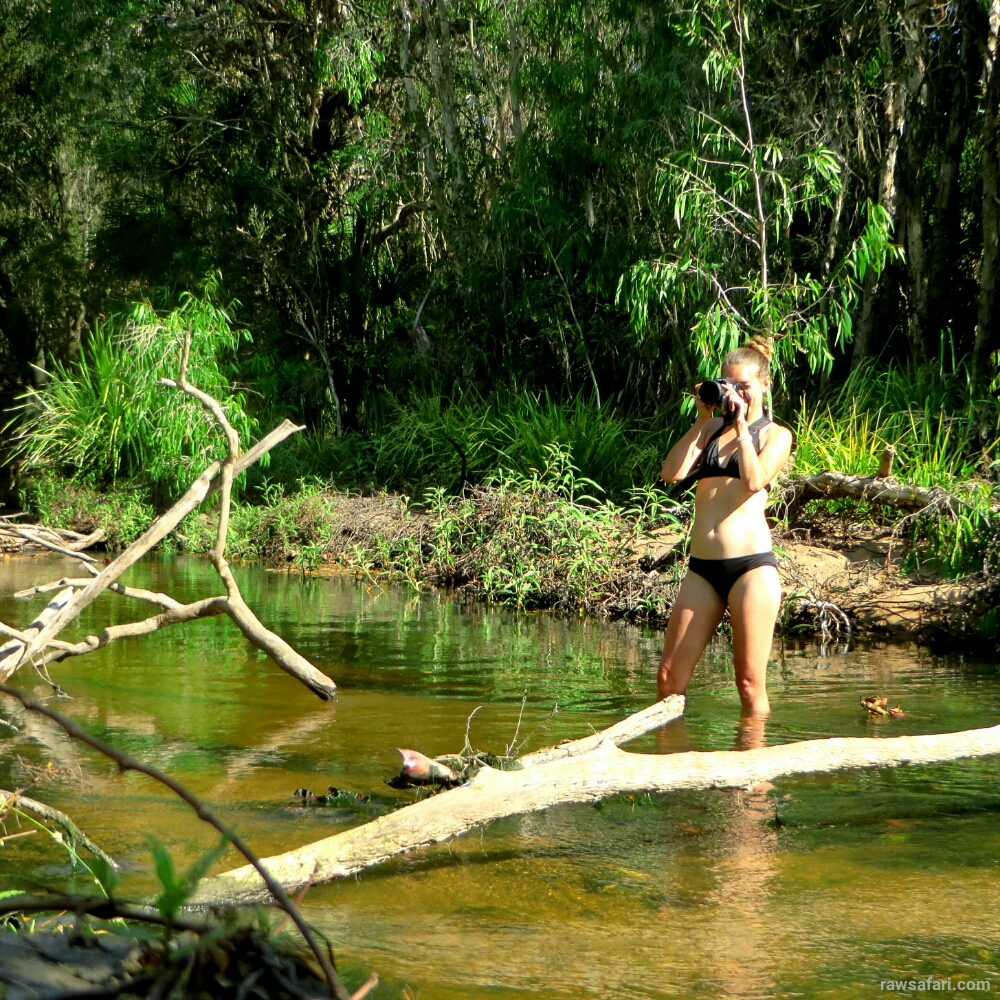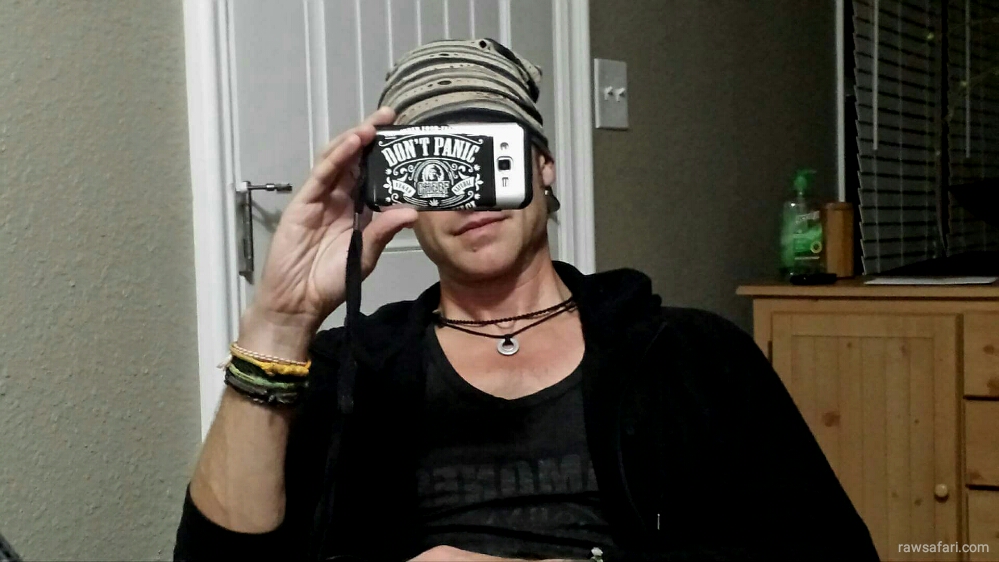Maybe you just bought your first camera, and you’re looking for ways to develop your skills? Maybe you’re a seasoned photographer, but you’re feeling a bit stuck for ideas?
Inspiration doesn’t always strike when we want it to. Sometimes the more you stare through the lens, the more everything looks the same. That’s when we need to jolt our senses, squint sideways at the world, and find a new way of thinking about pictures.
I take a lot of photos. Most of the time my first priority is reportage – telling the story – so I often don’t have time or resources to get super creative or prepare my subject. Because I work that way so much I’ve come up with a bunch of different disruption strategies to try and keep my pictures fresh.
We all respond to different creative cues, and I’m sure that not all these ideas will work for you, but hopefully, if you try them you might find a few new tricks to fire your inspiration synapses.
Photo Challenge 1: Shoot the Things Nobody Else has Noticed
In 2016 I did a blog post about the Songkran Water Festival in Thailand. If you’re anywhere in Thailand during Songkran it’s kind of a mandatory story for a travel blogger. Because the festival is so famous it’s been photographed and written about a million times already. It’s a beautiful, colorful event – a photographer’s dream actually – but it’s covered so much it’s hard to take pictures that don’t look cliched.
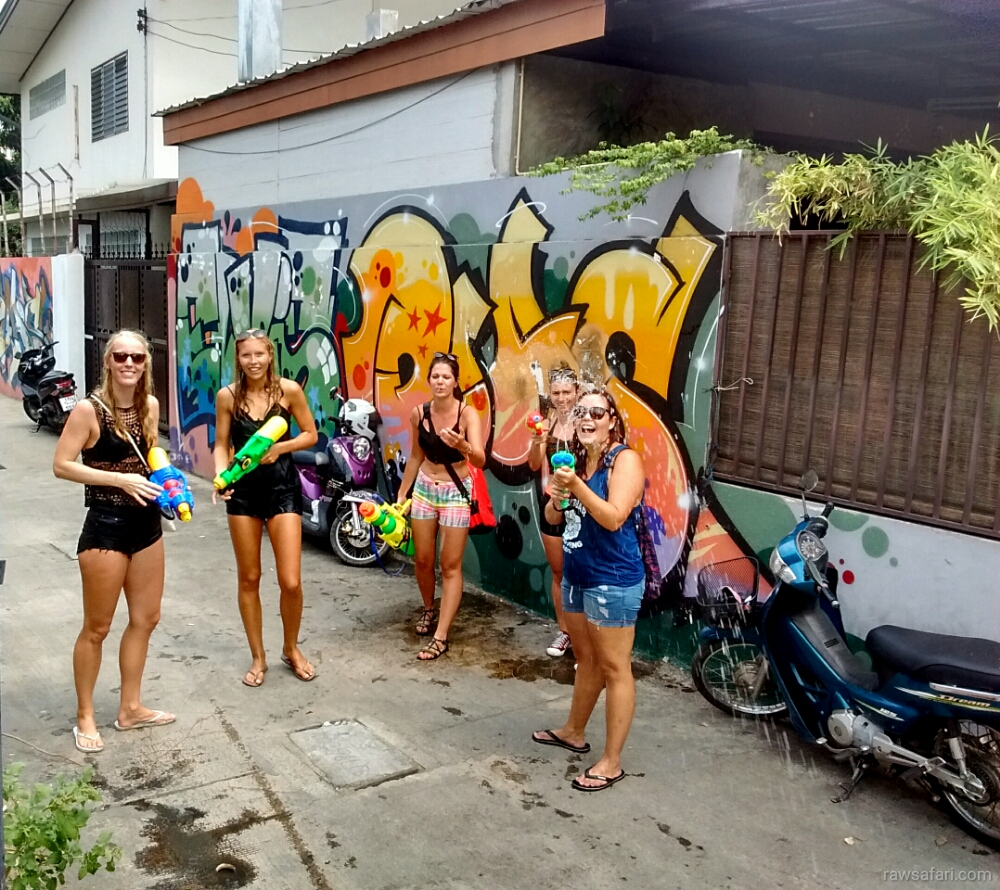
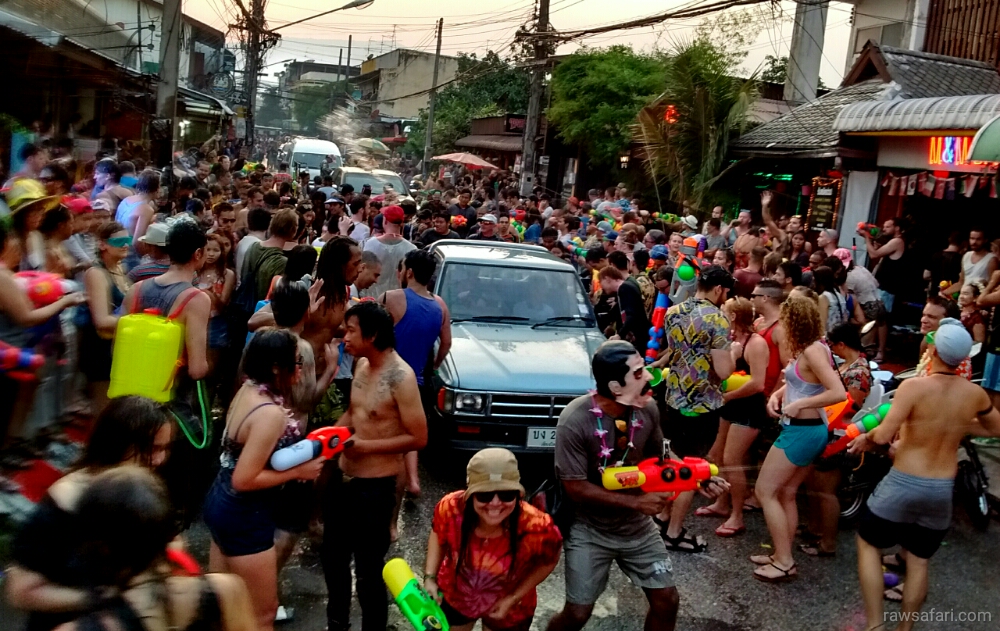
I made sure I got the basic story: people partying; the big crowds of soaked backpackers; the cute girls and handsome dudes.
Once I had the basic shots in the bag, I set out to find a few little stories that were outside the main action.
Songkran was a family event long before it became a tourist draw-card, and for Thai people, it’s still all about kids (and grown-ups who want to be kids again for a day). I walked out of the busy party district where all the bars and hostels were and cruised around in the back streets looking for people who weren’t in the middle of the action.
I went looking for Thai families, just enjoying their holiday.
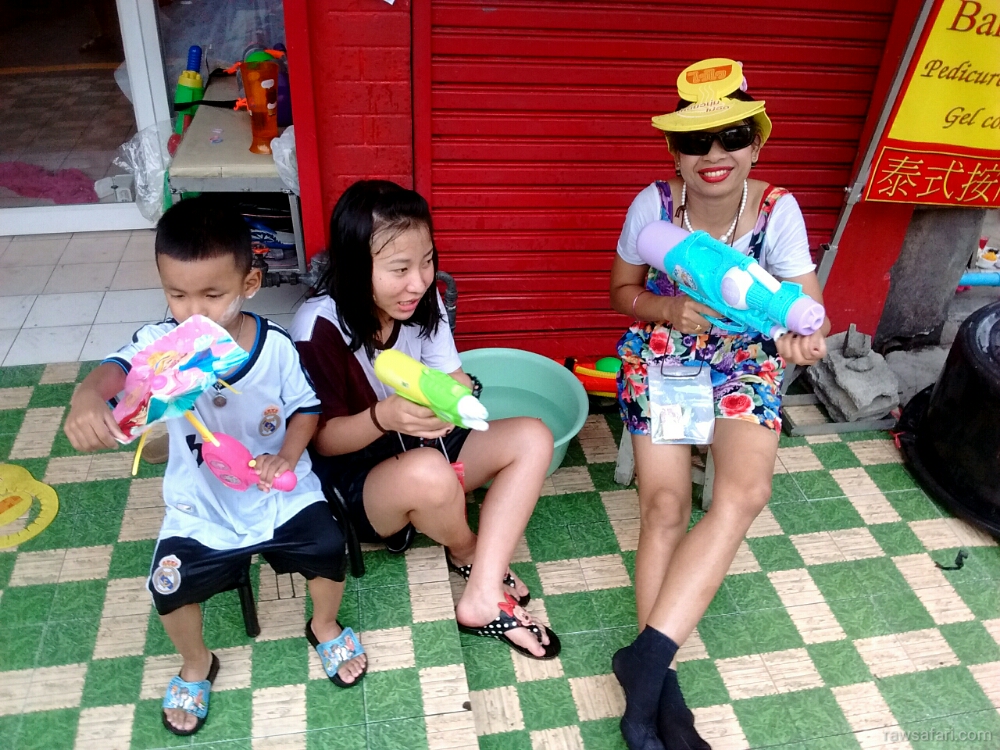
I shot this little family group hanging out in front of their family business. I actually knew these guys a little, because I had lunch at their cafe quite a few times. I liked the quality of intimacy they had with each other and the sense of innocence that this photo captures. It’s not the Songkran of the tourist brochures but it’s what the festival is really about for Thai people.
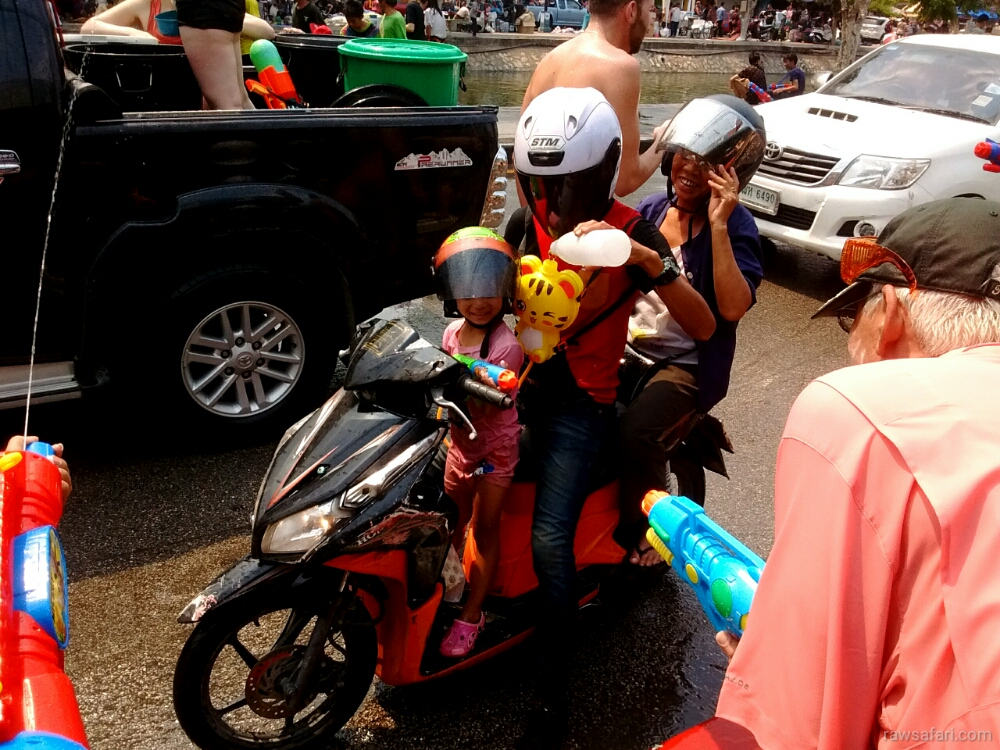
While I was photographing families, I also lucked out with this shot. Right as I took the picture, the older farang (foreigner) guy leaned over and playfully squirted water at the little kid on the family bike. I really ended up liking this photo because it shows the interaction between the locals and the expat community in a really positive light.
Challenge:
– Take your camera to a big public event like a parade, a festival, a sports event, or something similar.
– Once you’ve seen the main events or the central focus of the thing, look for the hidden stories that most people aren’t looking at.
– If you’re at a staged event like a rock concert or a parade, try to get pictures of the ‘backstage area;’ the places where the performers grab a cigarette and the teamsters load the trucks.
– There are often interesting photos to take before an event starts and after it ‘finishes.’ When most people pack up and go home you get to see the end of the story.
– Look at the people in the audience as well as the stars of the event. Pointing your camera at the crowd can sometimes be really interesting.
Photo Challenge 2: Watching People Work
What’s that old saying? Something like: I love work… I could watch it all day.
Sometimes the tasks people do are incredibly interesting to shoot. The work people do can involve some pretty specialized and obscure situations. Often the details of day to day life sound mundane when we describe them, but look amazing in pictures. For instance: if you tell somebody that you work in a factory they probably won’t get very excited about that conversation, but if you go into any given factory and start taking photo’s, the scale and complexity of the place may yield some pretty dramatic and colorful pictures.
This is a challenge that’s all about observation and patience. It’s a storytelling project, but it’s also about illustrating a process – trying to show the way a thing is done.
– Choose someone you know who will let you photograph them working.
– Get up-close and take pictures of the process that they go through when they work.
– Pay attention to the details.
– Make sure you get photographs of each stage of the process so that your photographs illustrate the whole task, not just the results.
– Let your pictures be candid. Don’t distract the person you’re shooting. Try to be invisible and capture them when they are really focused on their task. There’s a certain intensity in people when they are really engrossed in a project that is very photogenic.
– Be sure to capture the setting as well as the job. The context of a task is usually just as interesting as the thing itself.
– Shoot lots of pictures. You will probably use only a few, but the more you take the more likely you are to get the pivotal moments that show the story unfolding.
– If the task your subject is doing involves special and unusual equipment, be sure to get some close-ups.
– Don’t be shy to ask some questions if you think it won’t be too disruptive. There is often hidden complexity in a task that people who are familiar with their work can reveal.
Here’s an example of the kind of shoot I’m talking about; a couple of years ago I was visiting a community in a pretty remote part of Australia and a friend of mine and I decided to butcher and cook a kangaroo.
The community we were in was a tiny settlement hidden away in the mountains of eastern Australia. It sounds bizarre, but this place is a real hillbilly kind of world. The people who live there are pretty much self-sufficient and self-organizing. They totally reject outside authority and take care of themselves.
One day a guy showed up with a dead kangaroo he had hit on the road. The people in this community often ate roadkill, but that day he offered it to me and my buddy Craig because he didn’t have time to butcher it himself.
Craig had skinned and cooked a kangaroo once before, so he reckoned we’d manage it. He grabbed his pocket knife, I tied up the dogs, and we got to work. Actually, Craig ended up doing most of the work, because I was completely absorbed in shooting pictures after about five minutes.
The following four hours were bloody, muddy, greasy and absolutely photogenic. I didn’t take as many pictures as I wanted to because Craig kept getting me to hold bits of the dead ‘roo while he sliced it up with his pocket knife, but I got enough shots to tell the story.
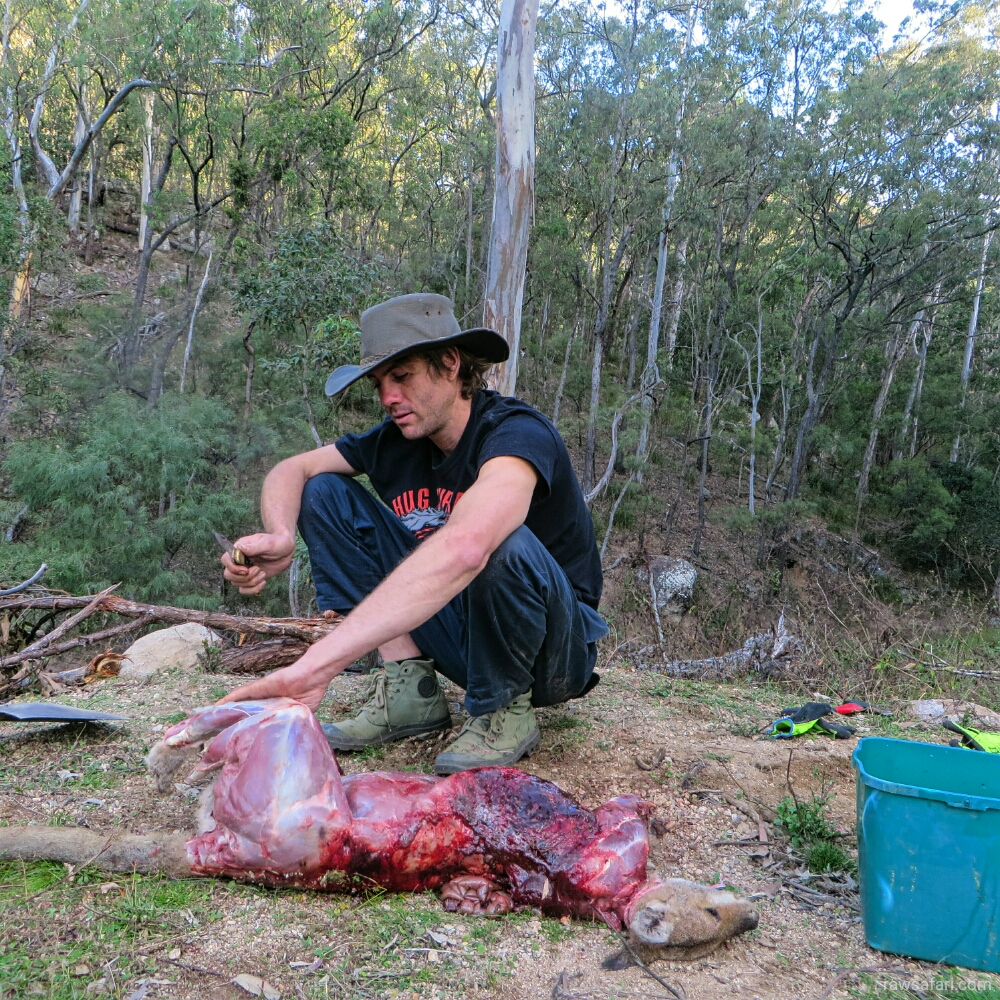
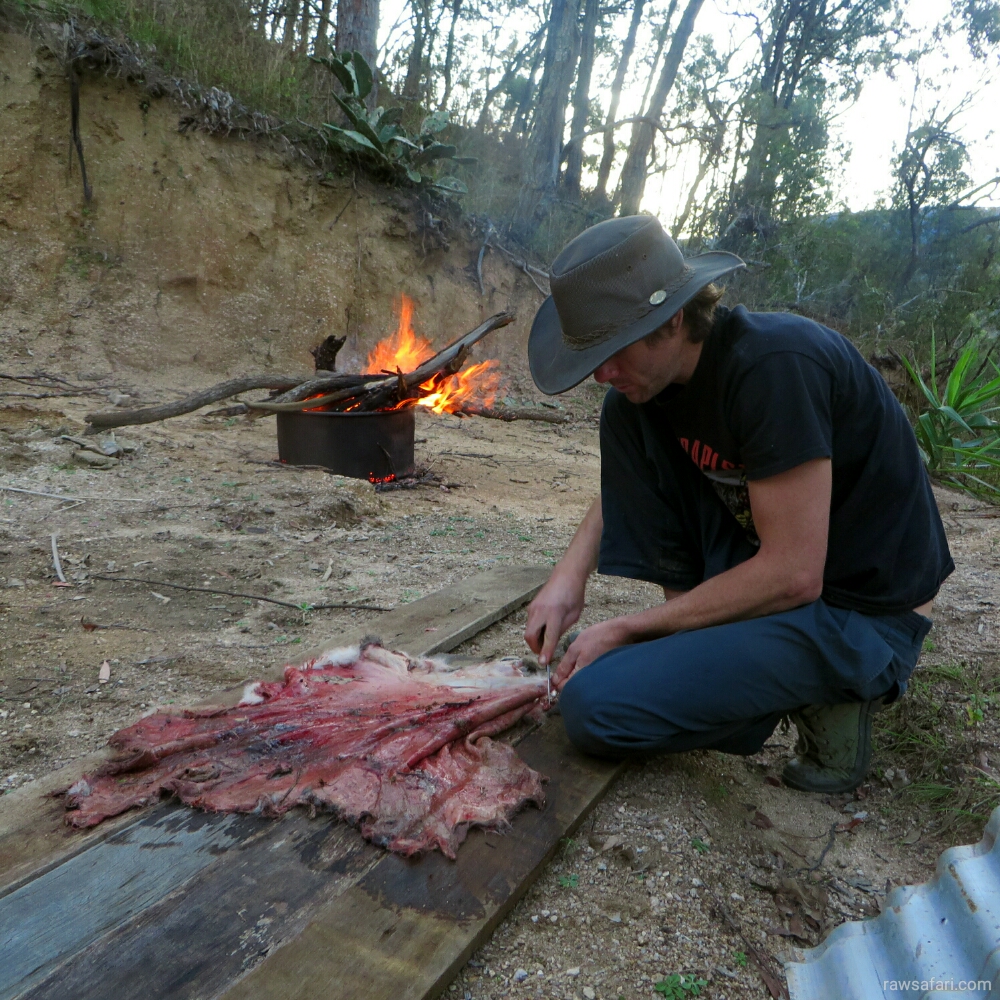
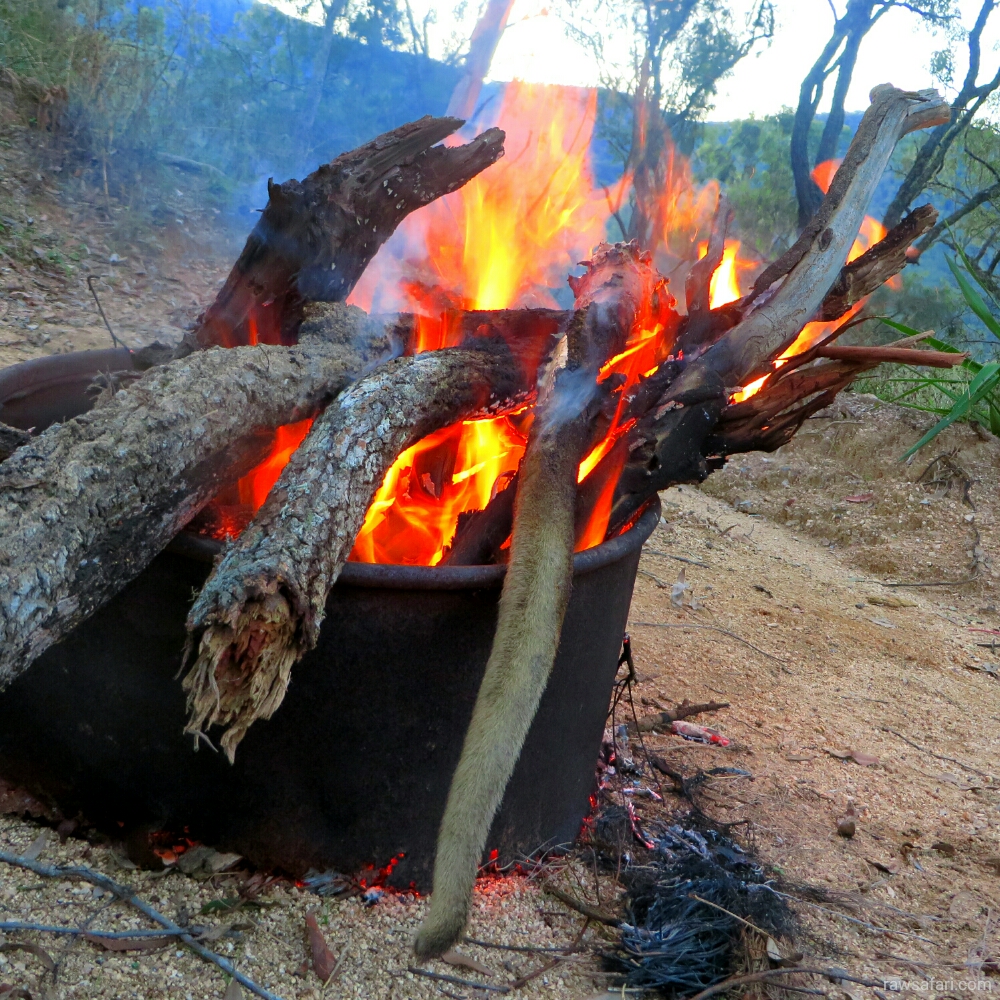
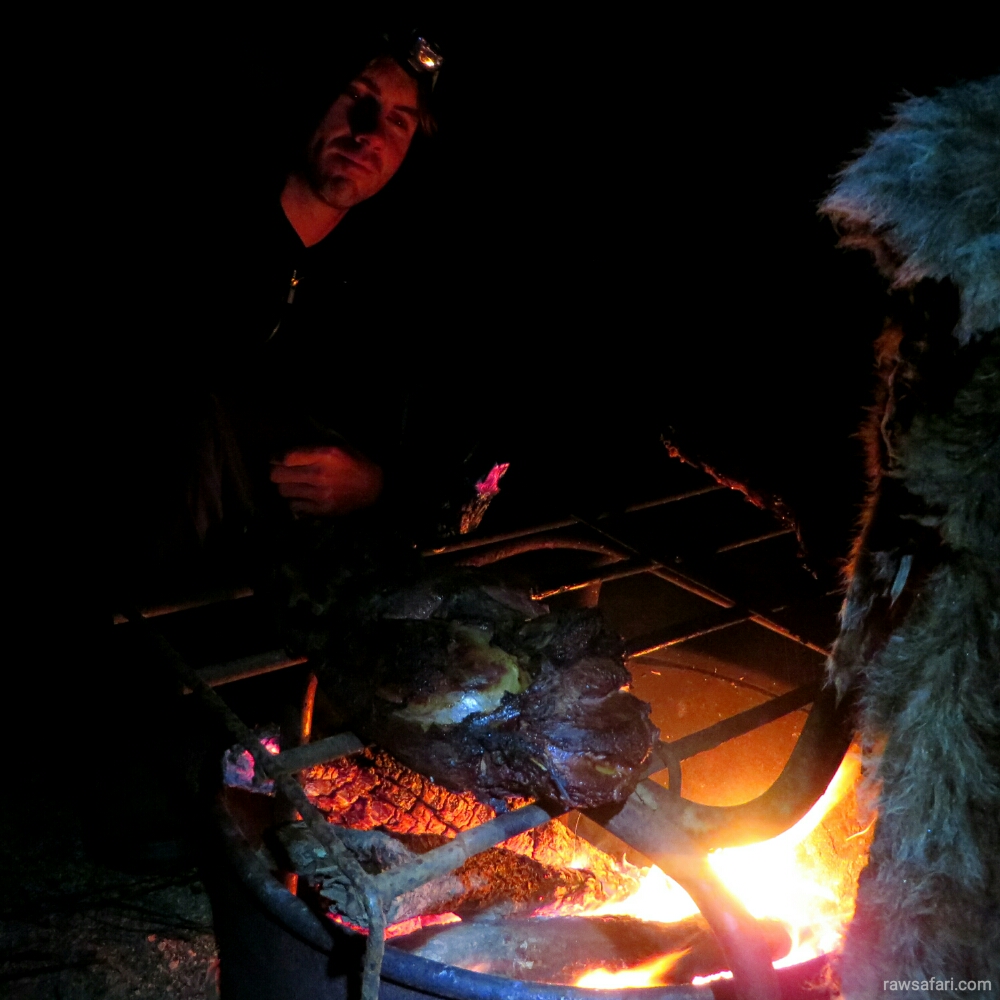
Photo Challenge 3: Create Alter Ego Portraits
Most of the photography I do is candid or documentary. I’m usually fascinated by the things that happen around me spontaneously, and I love the random element of street photography. Even when I’m given an assignment I don’t try to prepare the subjects or plan the shoot very much, because for me, what happens by accident is more interesting than what I can plan.
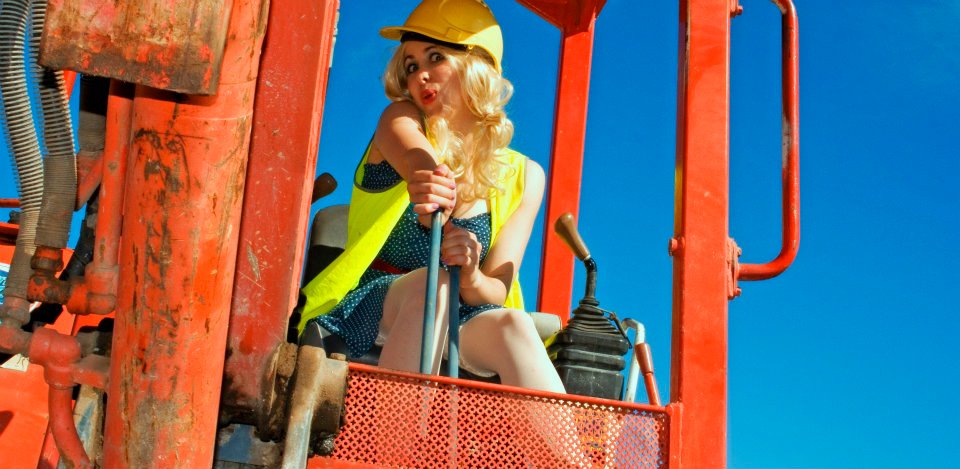
Because I’m very candid-oriented as a photographer, sometimes I try to break that habit and do something that’s all about fiction.
I collect portraits of people in character. Usually, they’re people I know or meet when I’m traveling. I don’t take these pictures for any particular reason, it’s just a challenge to keep my eyes fresh, and avoid becoming too complacent as a candid shooter.
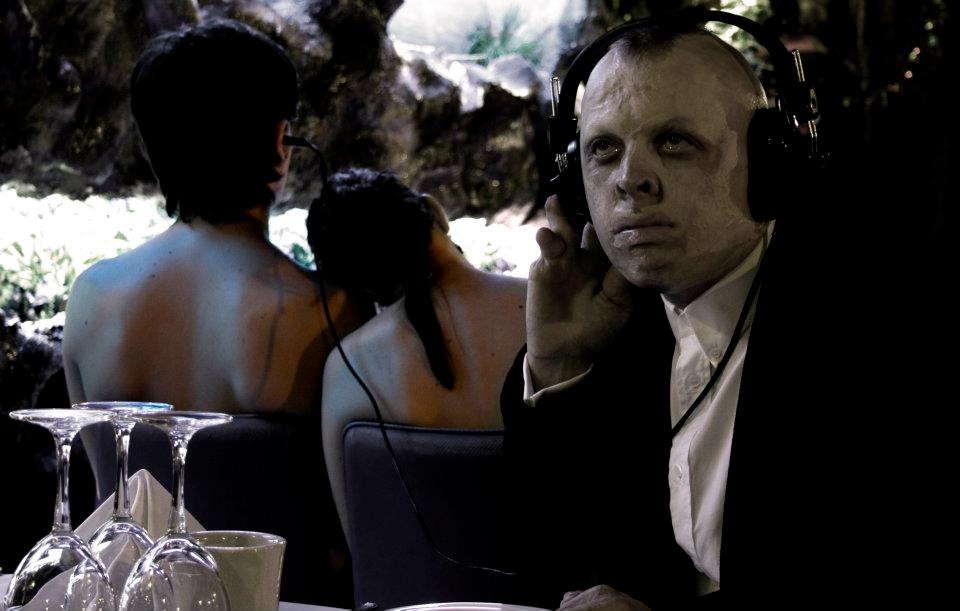
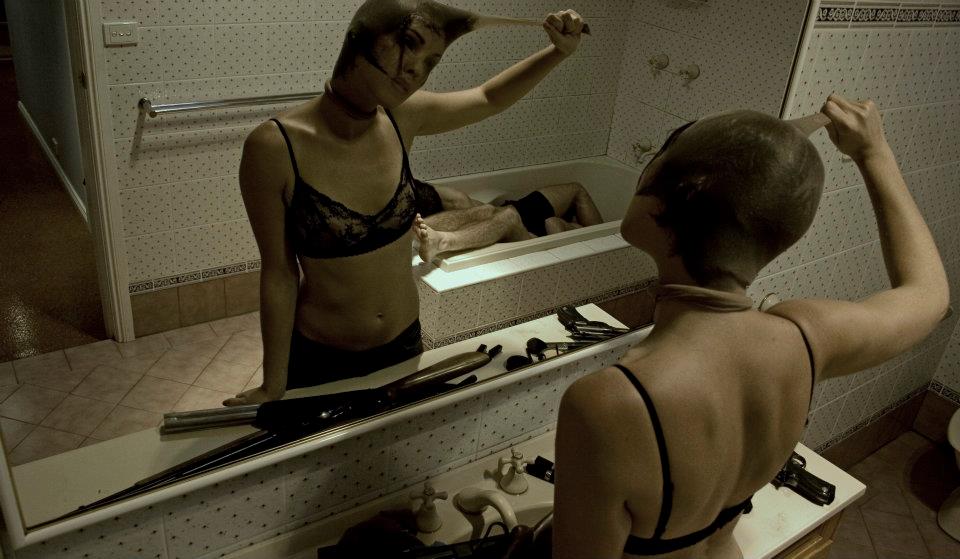
These photos are all people I know, but none of them are ‘themselves’ in the pictures. We dreamed up characters for them, found costumes in thrift stores and made little one-frame cartoons, in which they are no longer themselves, but a sort of alter ego character who is the opposite of their true personality.
The people in these pictures really got a kick out of the process I think. There’s something about dressing up and pretending to be someone else that is very appealing to people. I think when you are photographed and shown a picture of someone else, whom you might have been in a different life, it’s revealing and also an affirmation of your true identity in contrast. I don’t think you’ll have any trouble finding subjects for your portraits. People have given me some funny looks when I first raise the idea with them, but when I start to tell them a little story about the character they might become, they got as interested in the process as I am.
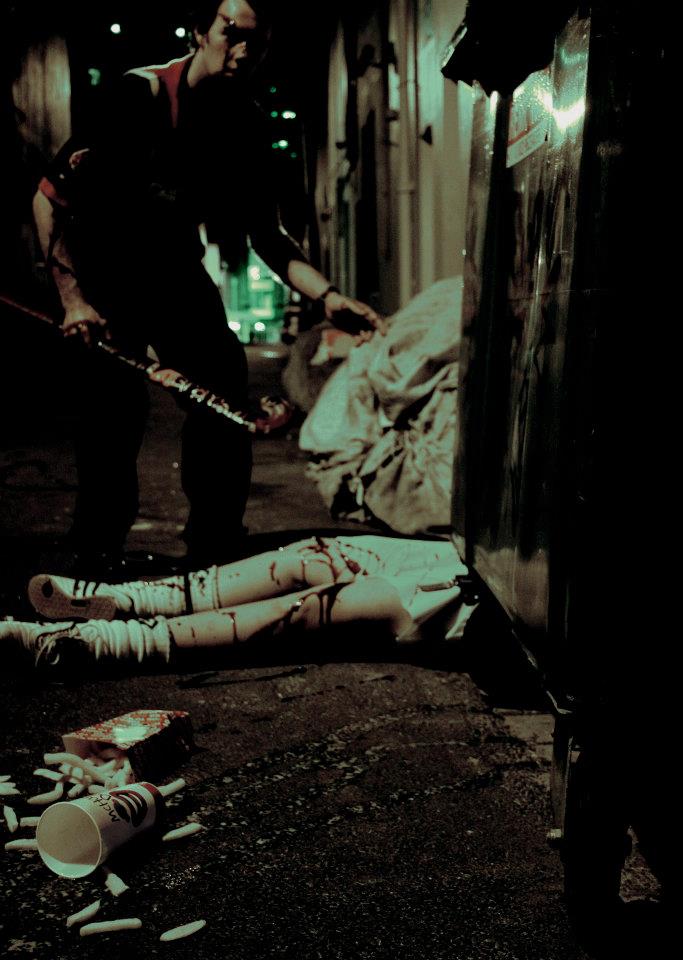
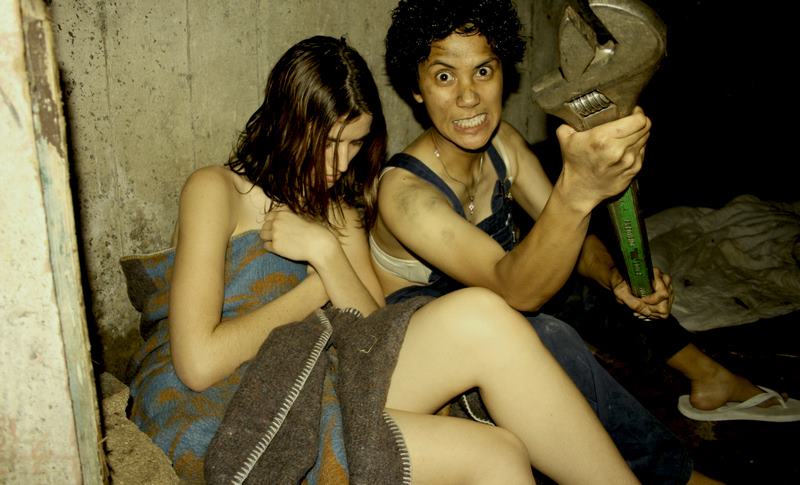
– Choose 5 friends and invite them to have their portrait taken.
Explain to them that you will be photographing them not as themselves but in-character, as someone else.
– Brainstorm with your subject character ideas that are very different to themselves.
– Ask them if they want to be in drag.
– Suggest strange and glamorous professions. Offer examples of characters from their favorite movies, and ask them to imagine how they would dress if they were that person.
– Select locations to shoot your portraits that enhance the fiction of the picture. If your subject’s character is a police officer, photograph them in a late night diner with a donut. If their character is a farmer, find a tranquil rural setting or some parkland.
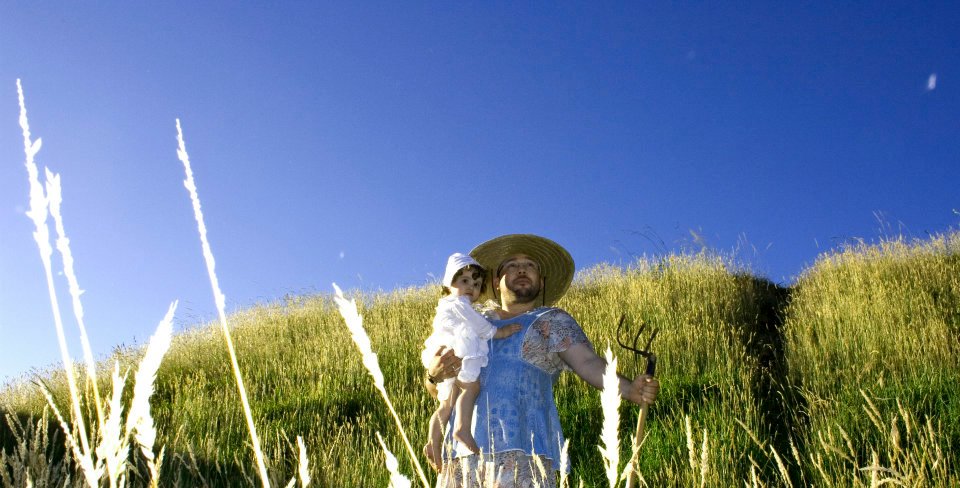
– Twist the fiction to another dimension by adding incongruous details. The cop in the diner might have a raw fish in his hand, for instance, or the farmer might be in drag (I did the photo above with a friend-of-a-friend in a borrowed dress a few years ago – we also borrowed a baby and a pitchfork for the shot).
– The objective here is to create a little story in one photograph.
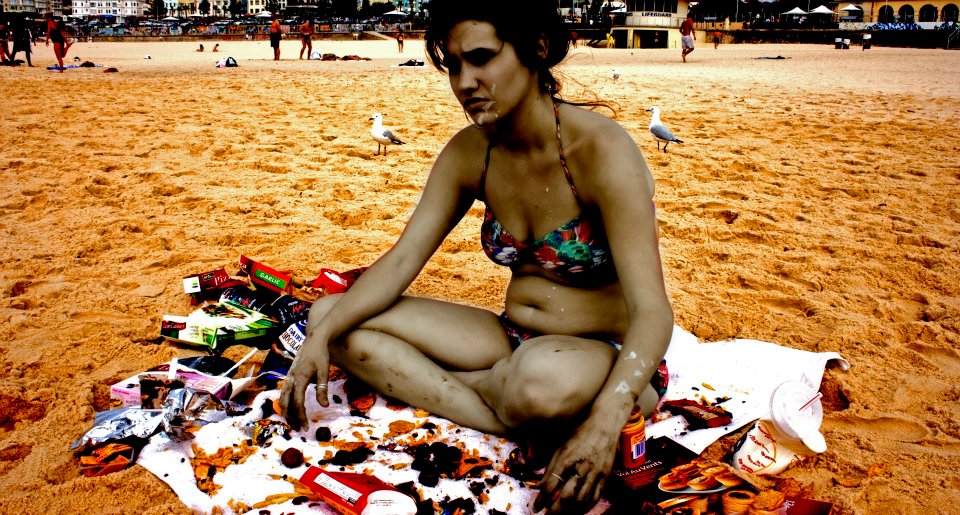
Photo Challenge 4: The Naked Truth
One of the things I find most confronting as a photographer is the way pointing a camera at people can feel like a violation. That’s especially true if they are strangers – and if they happen to be naked when you point your camera at them then the stakes are even higher.
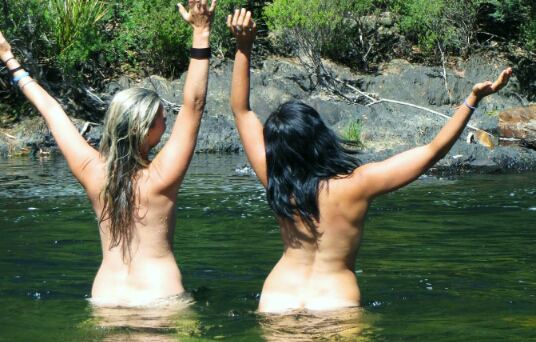
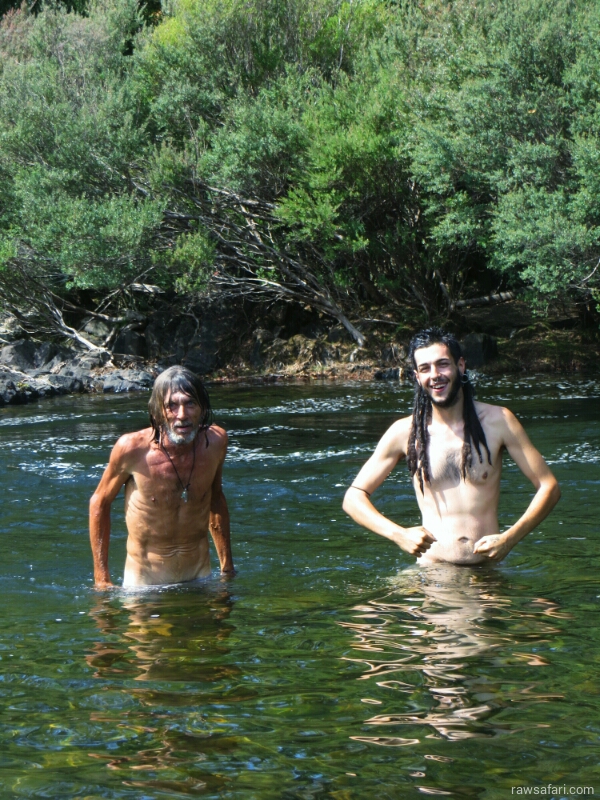
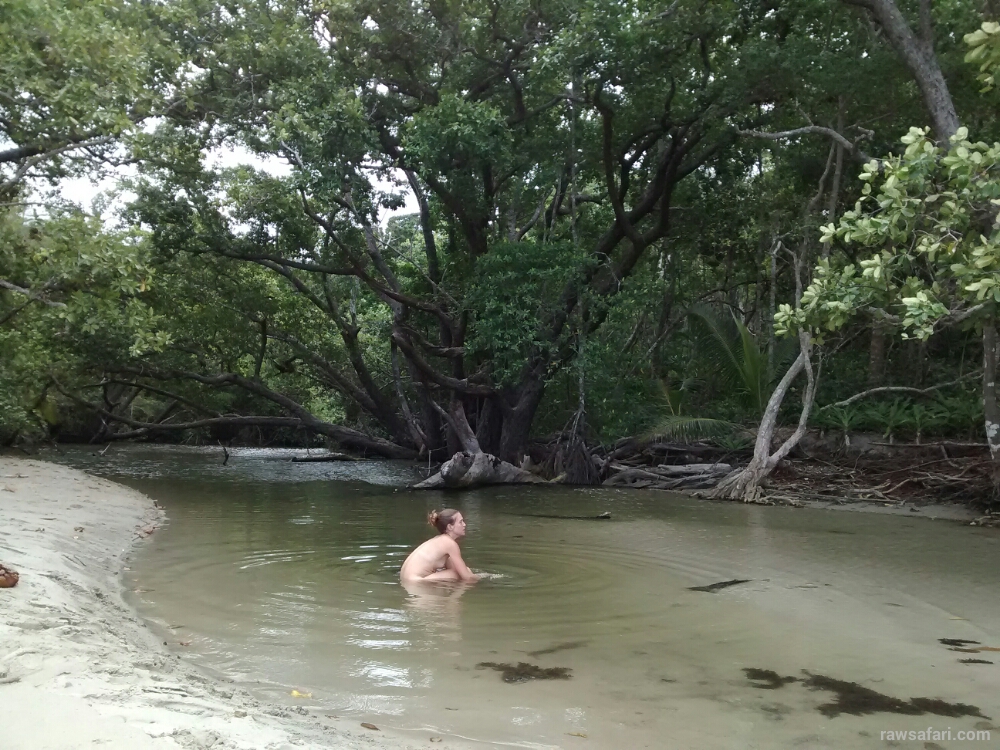
Because I don’t like to feel like a creep, I always try to get permission before I take photos of people who are naked. It isn’t always the best way to get a shot, but I think it’s an important ethical consideration.
Asking someone if you can photograph their body can be difficult, so it’s a good thing to practice, and therefore our fourth and final photo challenge.
Your task is this: get someone’s permission to shoot them naked and make an image of them that will make them smile because it show’s their beauty. A lot of people are not super confident about their bodies, so if you see beauty in someone, and think you can capture it, you may actually give them a really special gift with that picture.
The way you approach somebody in this sort of scenario is very important.
– Introduce yourself before you ask the question.
– Respectfully and simply ask whether you can take their picture.
– Try to create a composition that flatters your subject, or emphasizes their unique identity. Frame them in a way that shows their vulnerability and authenticity.
– I think it’s always a good idea to show these sort of pictures to the subject after you take them. Sometimes when I ask the question I get a wary reaction, but when people see their own charisma in the photograph they are usually happy that they agreed to be photographed.
– Doing photos like this is a great way to build your confidence as a photographer. Being photographed can make people feel awkward, but if the photographer is awkward that apprehension will be worse. Doing these kind of very intimate photographs will make you more at ease with subjects, making them more relaxed in turn. That intimacy will show in your pictures.
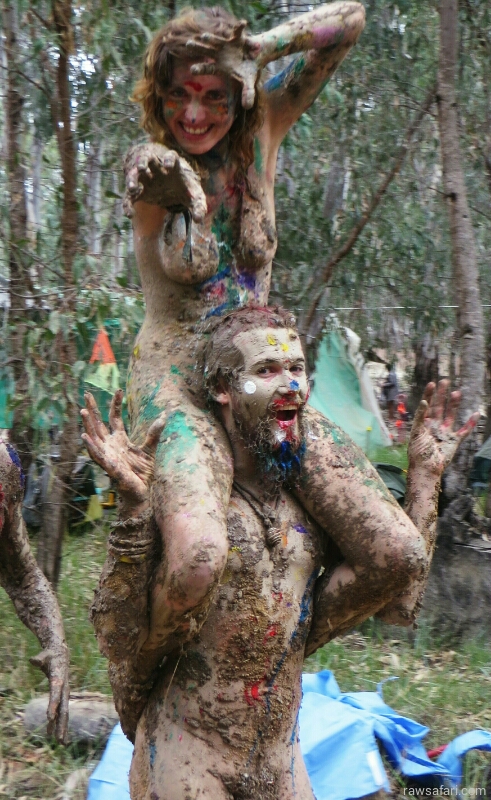
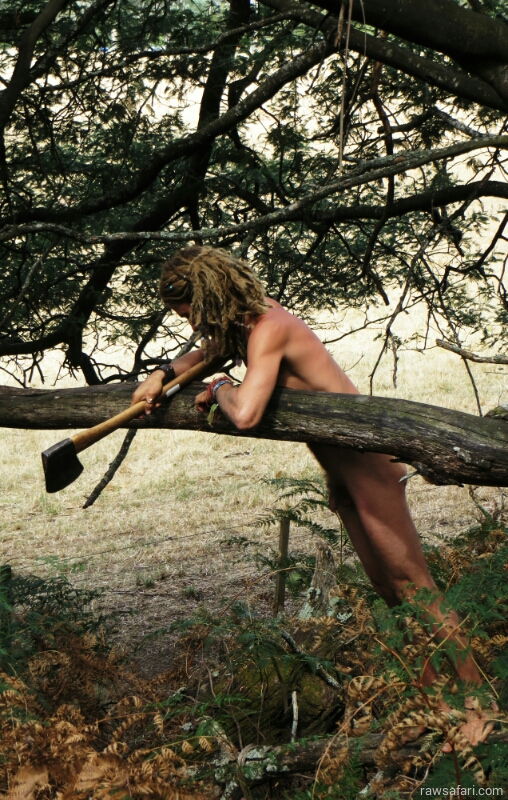
Take Up Your Lens and Go Forth
Have fun with these challenges. I hope you get inspired and make some images you love.
If you’d like to share the pictures you take with the Raw Safari community, please post them in the comments below – I’d love to see what you shoot!
>> Was this a good read? Please share it!
